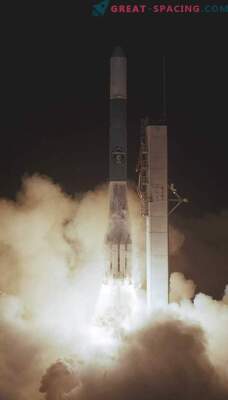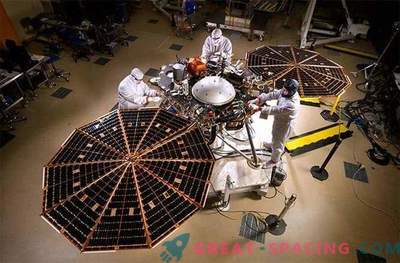
Launching a rocket with nanosatellites
The first Pioneer mission started early on the morning of November 30 from Shriharikot Island (India) with two small nanosatellites that now rotate around the Earth and are ready for action. Boot-sized satellites were sent to near-earth orbit using a PLSV launcher and launched a channel of communication with the owner of Spire Global an hour after disconnecting from the rocket.
Both satellites were created as part of the ESA ARTES Pioneer program. Their task is to prove the value of using nanosatellites to measure how GNSS signals (satellite navigation system) are refracted by the earth's atmosphere. Experts will be able to use these measurements to gather information about temperature, pressure and humidity to predict the weather and monitor climate change.
Meteorological data from balloons and airplanes is confronted with a height limit, ignoring higher atmospheric layers. The satellites do not have such restrictions, as they are able to reach the mesosphere. Usually such tasks are performed by large satellites. New nanosatellites weigh only 5 kg and passed the assembly and tests for 3 months. The mission of ARTES Pioneer intends to prove that a new type of satellite serves as a commercially successful alternative to traditional methods. ESA is always striving to defend innovation in the space industry. The idea of Pioneer is that the new technology will simplify certain tasks in space research and become a transitional stage to more breakthrough ideas. Moreover, the small size significantly reduces the cost of creating and launching satellites, saving time as well.
Collaboration with ESA helps support the global development of the commercial aerospace industry’s potential to make access to space universal. Two tiny satellites will collect and distribute GNSS-RO data during the commissioning phase, after which they will switch to full commercial data processing. Upon request, they will be able to receive meteorological information for meteorological institutions, marine and aviation clients.











































